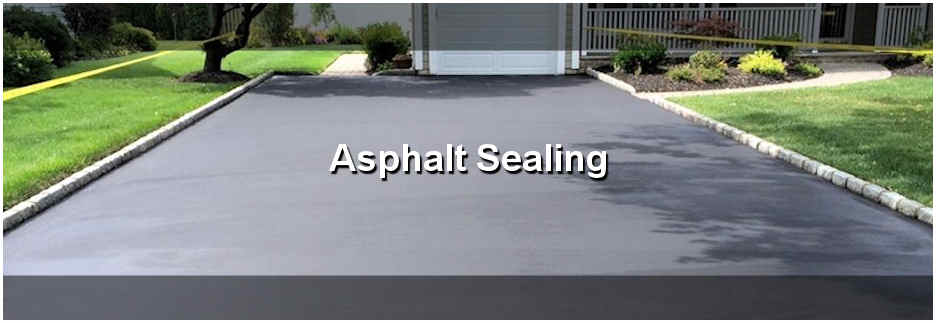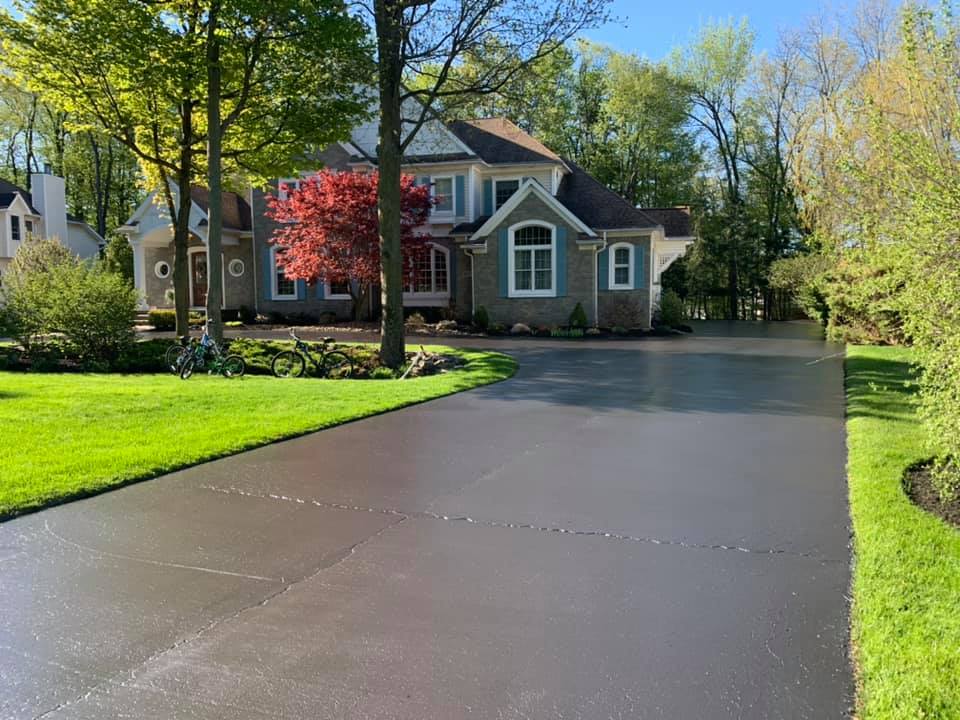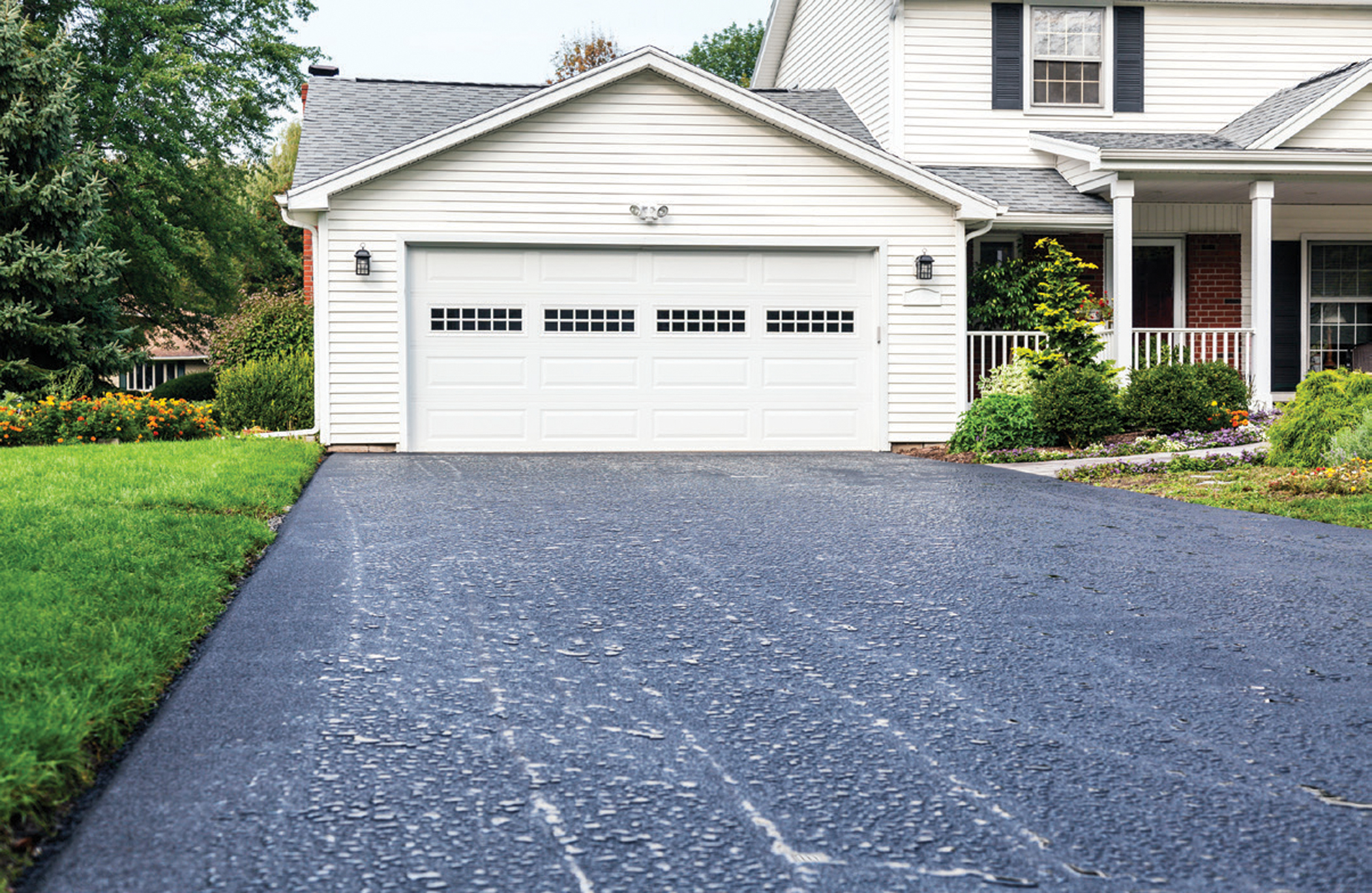Hot Mix Asphalt: A Sustainable Solution for Pavement
Warm Mix Asphalt (HMA) has emerged as a leading lasting option for pavement options, providing a myriad of ingenious modern technologies and ecological benefits. As the need for eco-friendly construction methods expands, checking out the subtleties of HMA's sustainability can provide useful understandings into the future of sidewalk services.
Environmental Advantages of Hot Mix Asphalt

Moreover, Hot Mix Asphalt helps to alleviate urban warmth island impacts. Its dark color takes in sunshine, minimizing the quantity of heat showed back into the ambience contrasted to lighter-colored pavements. This can reduce ambient temperatures in city locations, decreasing the demand for a/c and inevitably reducing energy consumption.
Furthermore, Hot Mix Asphalt contributes to boosted stormwater management. Its permeable nature allows water to recharge and infiltrate the pavement groundwater supplies, decreasing runoff and the danger of flooding. These environmental benefits make Warm Mix Asphalt a sustainable selection for paving freeways and roads.
Power Efficiency in HMA Manufacturing
Is energy performance a crucial consider the manufacturing of Warm Mix Asphalt (HMA)? Absolutely. Energy plays a considerable role in the manufacturing of HMA, impacting both expense and environmental sustainability. One essential element of energy efficiency in HMA manufacturing is using cozy mix asphalt (WMA) innovations (regrading). WMA permits the blending and positioning of asphalt at lower temperatures compared to conventional warm mix asphalt, causing minimized power intake during manufacturing. This procedure not only decreases gas usage but also decreases greenhouse gas emissions, making it a much more eco-friendly option.
Moreover, innovations in plant modern technologies have actually led to even more energy-efficient HMA production processes. By optimizing power use in HMA production, the market can reduce its carbon impact while maintaining top notch sidewalk materials.
Recyclability of Hot Mix Asphalt
The recyclability of Hot Mix Asphalt (HMA) is a crucial element of its sustainability and long-term ecological impact. HMA is just one of one of the most recycled products in the USA, with over 100 million bunches of redeemed asphalt pavement (RAP) being recycled annually in new pavement building. Recycling HMA supplies a number of ecological advantages, such as decreasing the need for virgin products, reducing energy intake throughout production, and decreasing the amount of waste sent to garbage dumps.
The procedure of recycling HMA involves milling the existing sidewalk, squashing it right into smaller sized pieces, and mixing it with new accumulation and asphalt binder to create a recycled mix. This recycled mix can often carry out along with or perhaps better than standard HMA, while requiring fewer resources and creating lower greenhouse gas discharges. By integrating RAP into brand-new pavement tasks, roadway firms can conserve natural resources, minimize prices, and reduce the ecological footprint of roadway building and upkeep tasks. In general, the recyclability of HMA plays a substantial duty in promoting lasting practices within the pavement industry.

Long-Term Efficiency of HMA
Asphalt sidewalks demonstrate sturdiness and durability over a prolonged period, showing the long-term Full Report efficiency of Hot Mix Asphalt (HMA) Furthermore, improvements in HMA technology, such as the use of polymer-modified binders and warm mix asphalt, have further boosted the resilience and durability of HMA pavements. By prioritizing top quality construction and upkeep practices, HMA proceeds to show itself why not find out more as a economical and lasting service for lasting pavement facilities.

HMA: Toughness and Sustainability
Demonstrating both sturdiness and sustainability, Hot Mix Asphalt (HMA) has actually become a foundation in the construction of long-lasting pavement frameworks - commercial parking lot paving. HMA's sturdiness stems from its capability to stand up to heavy loads, extreme climate condition, and high website traffic volumes, making it a trusted option for roadways, freeways, and airport terminal runways. The composition of HMA, which usually consists of accumulations, binder, and filler, plays a crucial duty in boosting its durability and resistance to use and tear
In addition, HMA's sustainability hinges on its recyclability and energy-efficient production procedure. The capability to recycle redeemed asphalt sidewalk (RAP) in new HMA mixtures minimizes the need for virgin materials and decreases the ecological influence of sidewalk construction and maintenance. In addition, the power performance of producing HMA depends on its reduced mixing temperatures contrasted to other sidewalk materials, leading to minimized energy intake and greenhouse gas emissions.
Conclusion
In verdict, warm mix asphalt (HMA) supplies a lasting option for pavement with its eco pleasant qualities. HMA's recyclability, energy efficiency in manufacturing, and long-term toughness make it a green selection for road building and construction.
HMA is one of the most recycled materials in the United States, with over 100 million heaps of recovered asphalt sidewalk (RAP) being reused annually in new pavement building and construction.The process of reusing HMA includes crushing the existing pavement, crushing it into smaller sized items, and blending it with new aggregate and asphalt binder to produce a recycled mix.Asphalt sidewalks demonstrate toughness and strength over an extensive period, showing the long-term performance of Warm Mix Asphalt (HMA) In addition, innovations in HMA innovation, such as the helpful resources usage of polymer-modified binders and cozy mix asphalt, have actually additionally boosted the longevity and long life of HMA sidewalks. The capability to reuse reclaimed asphalt sidewalk (RAP) in brand-new HMA combinations reduces the need for virgin products and decreases the ecological impact of sidewalk building and upkeep.